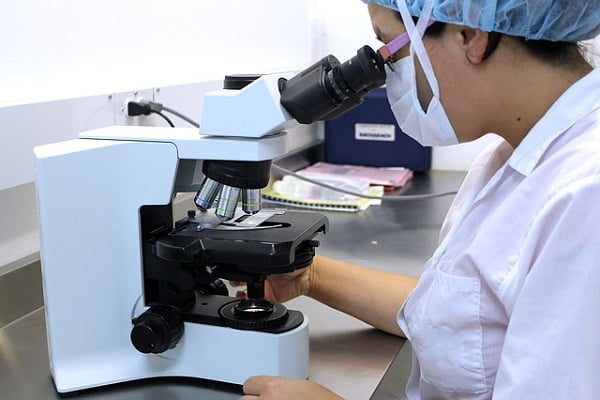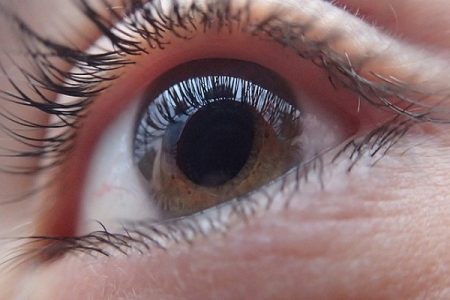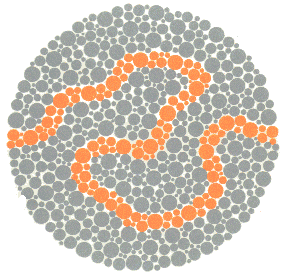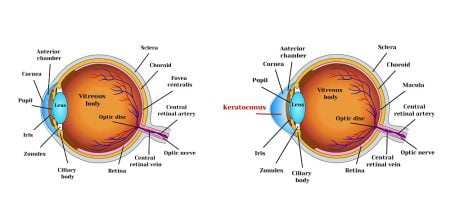
Scientists have become successful in growing human retinal cells in the laboratories. This is a big achievement and an atempt to understand the basis of color vision in humans and to understand color blindness and other disorders that arise due to improper functioning of the retina.
The research results showed that certain hormones are essential for the development of color vision in humans and were published in the latest issue of the journal Science.
The paper published on October 12 in Science journal uses a retina that is grown outside the human body to show how cones develop into the eyes’ color sensors.
Robert Johnston, a developmental biologist at Johns Hopkins University, and his team tried to understand how exactly the developing cells in the human eye decide to become blue, green or red and how exactly the color vision is developed.
The research team uses human stem cells to grow mini retinas, or retinal organoids, in a laboratory. These miniature organs were then allowed to mature in a dish for about a year. “We were growing for them for basically the time that it takes to make a baby,” Johnston says.
Future of color blindness therapies / treatment
Cone photoreceptors in our eyes enable color vision by responding to different wavelengths of light according to what opsin pigments they express. The research paper published in the hournal studied organoids that recapitulate the development of the human retina and found that differentiation of cone cells into their tuned subtypes was regulated by thyroid hormone. Cones expressing short-wavelength (S) opsin developed first, and cones expressing long- and medium-wavelength (L/M) opsin developed later.
It is known that thyroid hormone plays a role in development of the color vision. The researchers then added thyroid hormone to the petri dishes carrying immature retinal cells. They found that the organoids developed more red-green cones when the hormone was added. The research in future will try to find how and why the hormone works like this. Johnston said that his team plan to understand why some cones become specialized to detect only red while some detect only green, thereby allowing color differentiation.
The research has the potential to help develop future therapies for eye disorders such as color blindness or macular degeneration, diabetic retinopathy, age-related damage to the retina that can result in vision loss or any other types of retina problems. According to Johnston, organoids could not only provide a platform to study those conditions in more detail, but now the fact scientists can control the types of photoreceptors that grow in laboratory retinas means it might be possible one day to even transplant these things directly [into patients] or preprogram stem cells and let them grow up to be the particular cells that we want.






